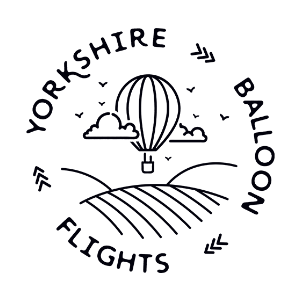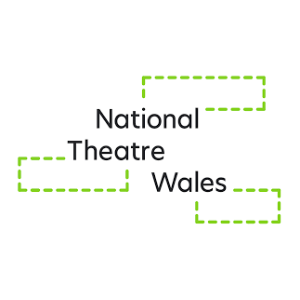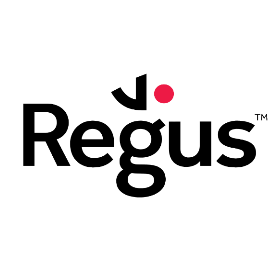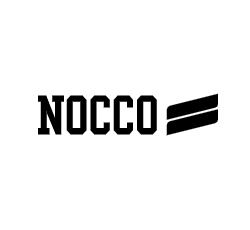History of Hot air Ballooning
Origins & Claims of the History of Hot air Ballooning
Chinese Lanterns at Mid-Autumn Festival in China
There are actually two different origins to how the origins and history of Hot air Ballooning could of started. The first concept of a Hot air Balloon could date back to 181-280ad in China. These unmanned balloons known as Kongming Lanterns were used for military signalling. They also used the Lanterns for Celebrations across the Asian continent and to this day still used for celebration.
However it wasn’t until the 18th Century when people began to view Hot air Ballooning as a mode of Transport. French Brothers Joseph-Michel and Jacques-Etienne Montgolfier became the first people to look into Ballooning. Born into a Paper Merchants in Annonay it was by chance that Joseph noticed fire created an uplift.
Other claims include a Brazilian/Portuguese priest Bartolomeu de Gusmão. He designed a craft in 1709 and published it in Vienna but didn’t see his design take flight.
Another claim from the Vatican who records a design similar to a Hot air Balloon found in 1917.
Early Experiments
Early Balloons were not greeted by Locals well and often attacked.
Following his discovery Joseph began to design and build a small prototype balloon. The Box Shaped contraption constructed from thin wood and Taffeta cloth quickly rose and worked. Following his success Joseph recruited his Brother Jacques into buying more material to build a larger model. By Late 1782 their first unmanned model was ready to fly. 27 times bigger than the first model on 14th December they tested it. The balloon worked so well and the lifting force was so great it flew on for about 2km unaided. Although the flight was a success the landing caused a panic and the balloon was subsequently destroyed by Local People.
Demonstrations
Early Test Balloon by the Montgolfier Brothers.
The success of the trial flights convinced the Brothers to start making Public demonstrations. On 4th June 1783 they flew there craft for the first time for an audience. Launched from their hometown of Annonay. The flight again an outstanding success the balloon even reached a height of around 5500 feet and travelled more than 2km. Word of the success of the flight reached Paris and King Louis XVI himself. He wanted to see the balloon work so the Brothers went to build another balloon.
A second flight done on the 19th September 1783 with a bigger model used animals as test subjects. A Sheep, A Duck and a Rooster launched into the sky under the massive balloon. The flight was a success and landed safely with the animals slightly confused as to what just happened.
Competition
At the same time the Montgolfier brothers looked to show their invention using Hot air, another type of balloon had surfaced. This Balloon was to use Hydrogen as the lifting agent and was invented by Jacques Charles. The race was on to become the first Balloon to fly.
First Manned Flight
Montgolfier launch their balloon on 21st November 1783 in Paris.
Following the successful demonstrations the next flight would carry people. The Montgolfier Brothers went to design a much larger balloon to carry the weight. The craft was 60,000 cubic foot and held artwork on the balloon for the occasion. The launch site of this balloon was Paris in front of King Louis XVI. Before they launched the Balloon the Montgolfier Brothers did a demonstration of the Balloon with tethered fights with Humans. However the first launch of a manned hot air balloon took place on the 21st November 1783. The flight reportedly lasted for only 25 minutes but had managed to cover 5 miles. It made Pilatre de Rozier and Marquis François d’Arlandes the first Pilots of an Aircraft. Beaten by only a few days on the 1st December 1783 when professor Jacques Charles and the Robert brothers made the first Hydrogen Balloon Flight from Paris. This flight lasted just over 2 hours and covered over 35 kilometers.
Hot Air Vs Gas
While both forms of ballooning had proven it could work it quickly became apparent Hydrogen Balloons had more uses. Hot air Balloons required a constant supply of heat to keep the balloon up. However Hydrogen balloons lasted longer once filled and achieved longer flights. Furthermore Hydrogen Balloons could stay tethered and performed tethered flights without the need to refuel. This had Benefits for the Military, Scientists and Adventurer’s. Unfortunately for the Hot air Balloon this meant it wasn’t a suitable option and Gas prevailed.
Modern Revival of Hot air Ballooning
Ed Yost’s First Modern Hot air Balloon
It was not until 1960 when an American named Ed Yost invented a Hot air balloon that started to bring back Hot air into the mainstream. Yost’s design used modern materials using lighter Nylon instead of Taffeta Cloth. Furthermore instead of burning Wood to create the heat Yost used Liquid Propane using a device called a Burner. The burner would expel propane in a vapour form making the flame much more powerful. Kept in a Tank the Propane was able to travel with the Balloon which meant the Balloon could stay up longer.
Although this type of Hot air Balloon still wasn’t too practical for Military use it was cheaper and easier for Recreational use. Hot air Ballooning began to spread throughout the United States and Europe. Balloon manufacturers like Cameron Balloons, Raven, Thunder Balloons and Kubicek Balloons began to appear due to the popularity.
Todays Hot air Ballooning
The Largest Hot air Balloon Festival in Albuquerque, New Mexico USA.
Modern Hot air Balloons are now mainly used for Recreational use. In every top tourist destination around the world it is now possible to go on Balloon Flights. Each year annual Balloon Festival’s around the world can see over 400 balloons take to the sky. Hot air ballooning has also been a great tool for adventurers to obtain world records.
For more information on Hot air ballooning please look around our site.
















































